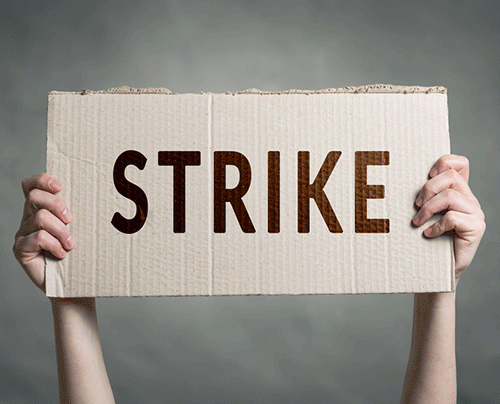Expert Opinion: UPS strike would cost U.S. economy billions —per day
The UPS Teamsters negotiations process has certainly drawn a lot of attention with theatrics on both sides as the deadline is now just two weeks away. There are major supply chain implications that could be realized with or without a deal on July 31st: a strike, significant cost increases and, worst-case scenario, both.
Addressing a potential strike is slightly easier to predict in terms of impact. A significant portion of volume (more than 20 million packages per day) would be disrupted if UPS Teamsters strike. Competitors FedEx, USPS and regional and local providers simply do not have capacity to take on this volume.
While some mitigation steps are in place with shippers diverting volume and UPS committing to prioritize certain customers by using non-union labor, the impacts will be felt by shippers and consumers across the country. Significant delays, held packages and increased costs — all through spikes in demand with reduced capacity — would spark supply chain disruptions within the U.S. across all sectors. The financial impact on the US economy is estimated to be in the billions per day and would grow if a prolonged strike is realized.
The supply chain impacts with a negotiated deal before or after the deadline means increased costs for shippers. One of the primary sticking points in the negotiations has been around driver pay. An increase is guaranteed, but how much is yet to be known.
These costs will ultimately be passed on to shippers in the form of annual general rate increases and accessorial adjustments. As competitors work to retain drivers, they too will likely increase driver pay as well, meaning shippers won’t just see rate increases with UPS but across the parcel industry.
All of this is coming off the heels of some of the largest general rate increases announced for 2023. Shippers should expect to see a cost increase. If a strike occurs, the cost of disruption will likely be additional and compound the effects felt by consumers.







